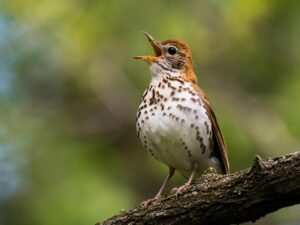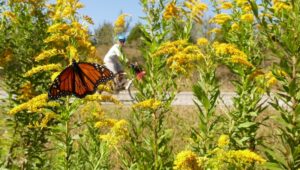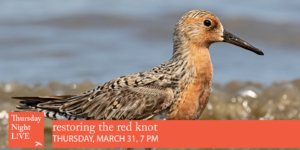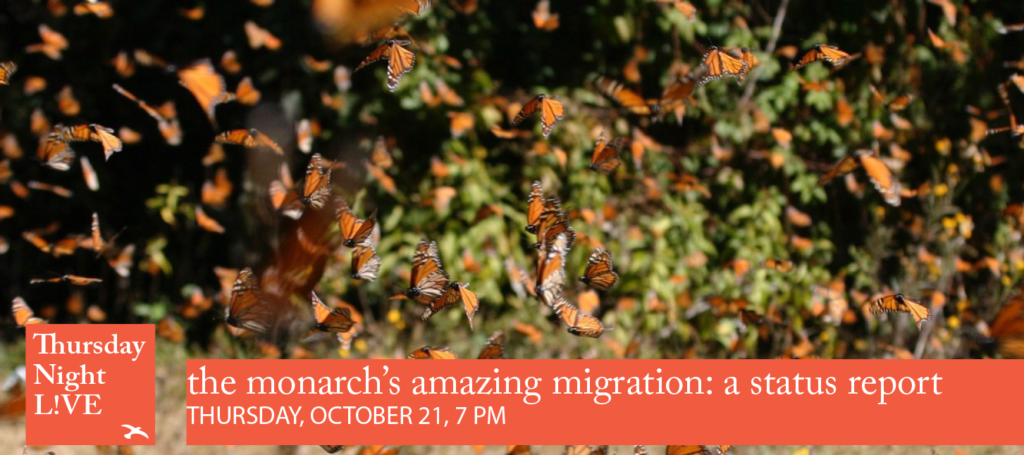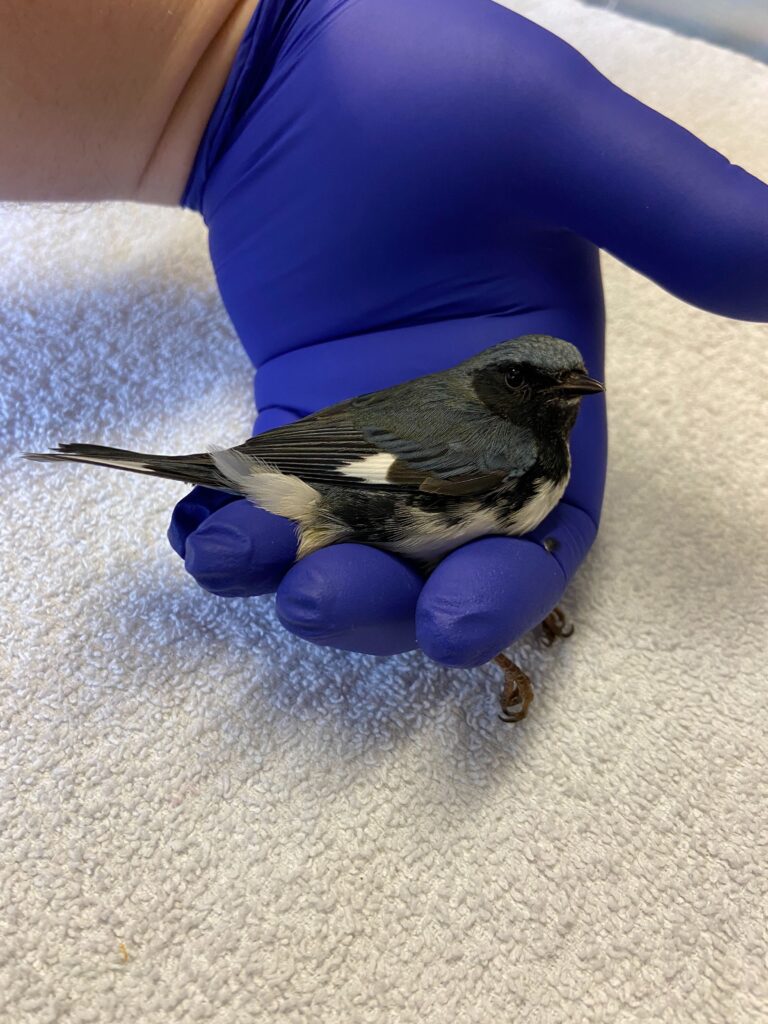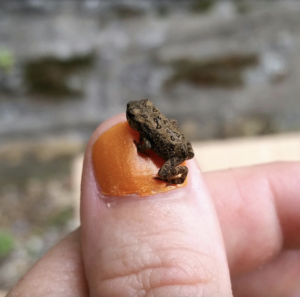
San Juan Capistrano might have its famous return of migrating swallows and turkey vultures might return to roost every Ides of March in Hinckley, Ohio, but neither town has anything over Roxborough.
For Roxborough has the annual return of American toads. And the toad’s life cycle hit a big milestone last week.
Each spring, thousands of hibernating toads awaken from their hibernating places deep under the Center’s forest leaf litter. When they do, they want to move to water, as their instinctual pull is to mate right away, and toads, residents of the forest during summer and fall, lay eggs only in water. Toads awakening in our upper forests must smell the water in the Upper Roxborough Reservoir Preserve, and start moving in that direction. And because they need to keep their dry skins moist to better breathe, they tend to move on the first warm rainy nights of the new spring.
And they trek across Port Royal Avenue to the reservoir– oftentimes just when the evening commute starts. As toads did not evolve with an understanding of cars, when toad meets car, the toad tends to lose. Sadly, the road at this time of year is littered with squashed toads.
That’s where our Toad Detour comes in. For almost 15 years now, Toad Detour volunteers have gathered at the corner of Port Royal and Hagy’s Mill in the evening to usher toads across the road, and on nights when the toads are running, our volunteers have permits to close Port Royal between Hagy’s Mill and Eva, and Eva between Port Royal and Summit. You might have seen our volunteers out there on those nights, wearing luminescent vests and carrying flashlights and plastic cups.
That migration into the reservoir is done and over, the adults singing, mating, laying eggs, and quietly hopping back to the our forest. But the toad story isn’t over.
It takes anywhere from six to eight weeks for newly hatched toad tadpoles– they look like wriggling commas in the water– to develop into “toadlets,” fully formed toads smaller than the size of a dime. Not yet sexually mature, these leave the reservoir and to go BACK to our forest. So a second migration occurs with these toadlets crossing back over Port Royal to get to the forest, where they take up residence eating small insects and worms.
One time when returning to the Center after a lunch break, it looked like a swarm of crickets was crossing the road, small black objects bouncing across the hot street in daylight; turned out it was thousands of toadlets hopping back across Port Royal during the height of day. Sometimes they don’t even wait for cover of darkness.
But just last week, I had the pleasure of hiking the Upper Roxborough Reservoir Preserve’s wonderful loop trail with Rich Giordano, one of the leaders of the reservoir’s Friends group (and a Toad Detour volunteer)– and John Carpenter, Roxborough resident and Center trustee. And for a good portion of the walk, we were hopscotching over and around these small jumping toadlets, praying we didn’t accidentally squash one, stopping to marvel at these pint-sized toad mini-me’s.
It’s toadlet time.
In fact, Rich posted on the Toad Detour Facebook page that the toadlets were running, and it would not surprise me if volunteers were back at the barricades last week trying to protect these toadlets from the wheels of passing cars. When you read this, do feel free to enjoy a reservoir walk and see if you can spot these remarkable little creatures yourself.
We thank the many volunteers who have helped toads cross the road over the years, the patience of our neighbors inconvenienced by the road closings, and we welcome your participation in a unique Roxborough phenomenon.
The bulls run in Pamplona, Spring. Here in Roxborough, come see the running of the toads. Or this week, the toadlets.
By Mike Weilbacher, Executive Director

